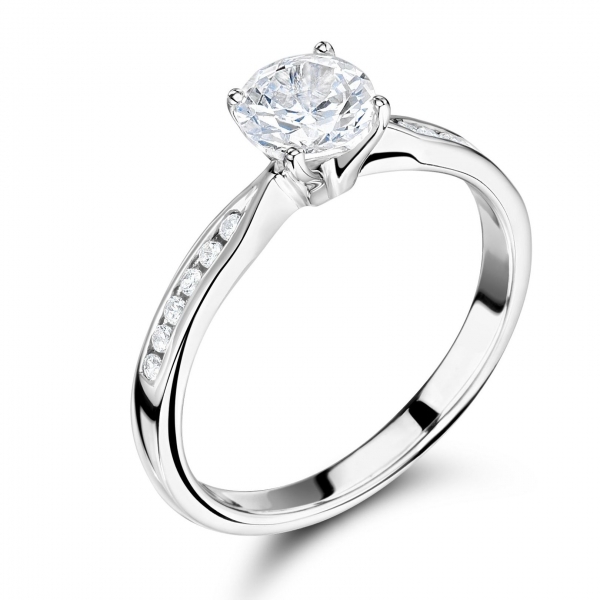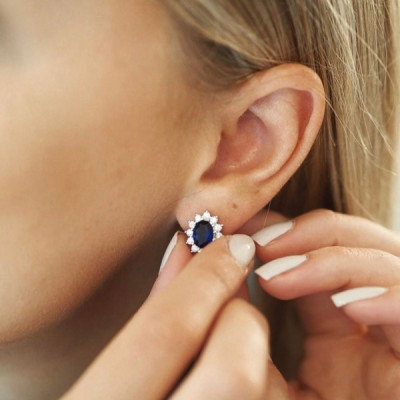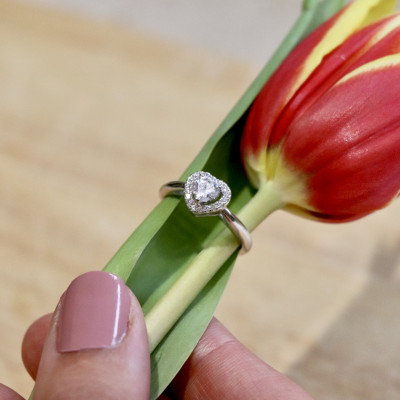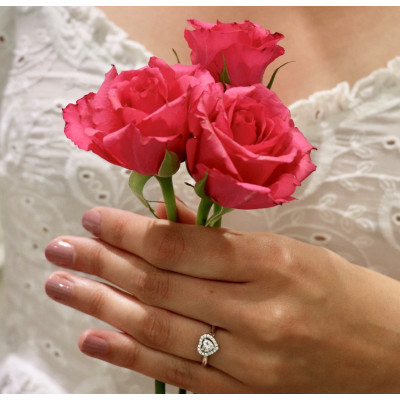Diamonds are one of the most valuable stones in the world; they’re also the hardest substance on Earth, meaning they’re not fragile. Although, this doesn’t mean diamond jewellery can’t be damaged as certain factors can make them lose or reduce its shimmer. They can also get missing. From falling down drainpipes to getting lost in the sand, jewellery can get lost at every turn. How then can you keep your diamond jewellery safe and secure from damage?
How to Preserve Diamond Jewellery
Several daily and natural factors can damage and put unnecessary strain on your jewellery; from wearing them while cooking to cleaning household items or even watching tv. There’s a need to take off your jewellery when completing tasks. Here’s how you can preserve your jewellery.
1. Avoid Contact with Water:
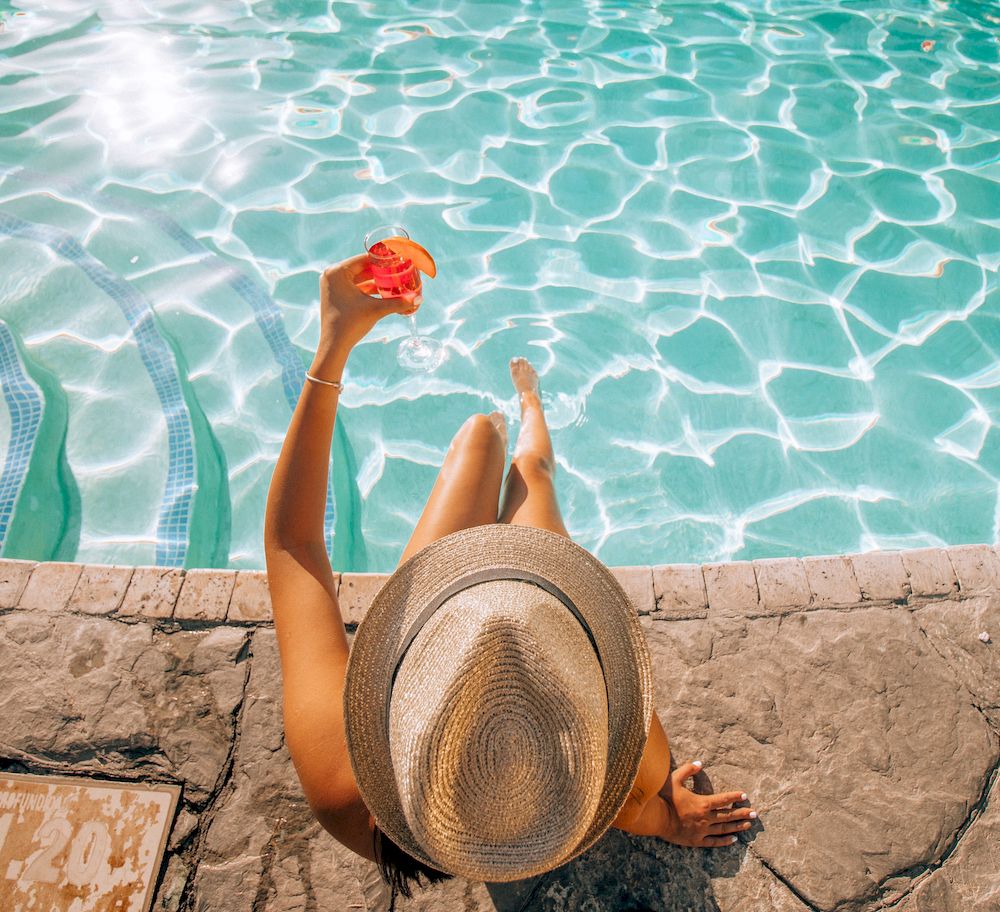
Whether swimming, at the ocean, in the hot tub, washing dishes, washing your hair or doing anything that involves water and chemicals, consider taking off your jewellery. For example saltwater from the ocean, chlorine from the pool, and chemicals from soap and shampoo can damage your jewellery, especially metals (gold and platinum), pearls, and gems. “How?” You may wonder. Pearls soften when soaked in water while chlorine damages and discolors metals, and also deteriorates the polish of gemstones. Water also causes your fingers to shrink, which makes it easy for jewellery to slip off and get lost.
2. Before Applying Lotions and Perfume:
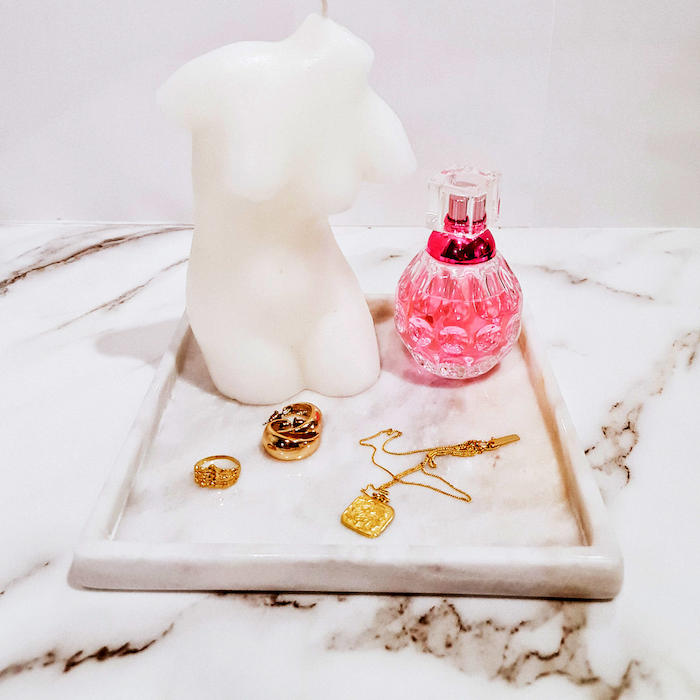
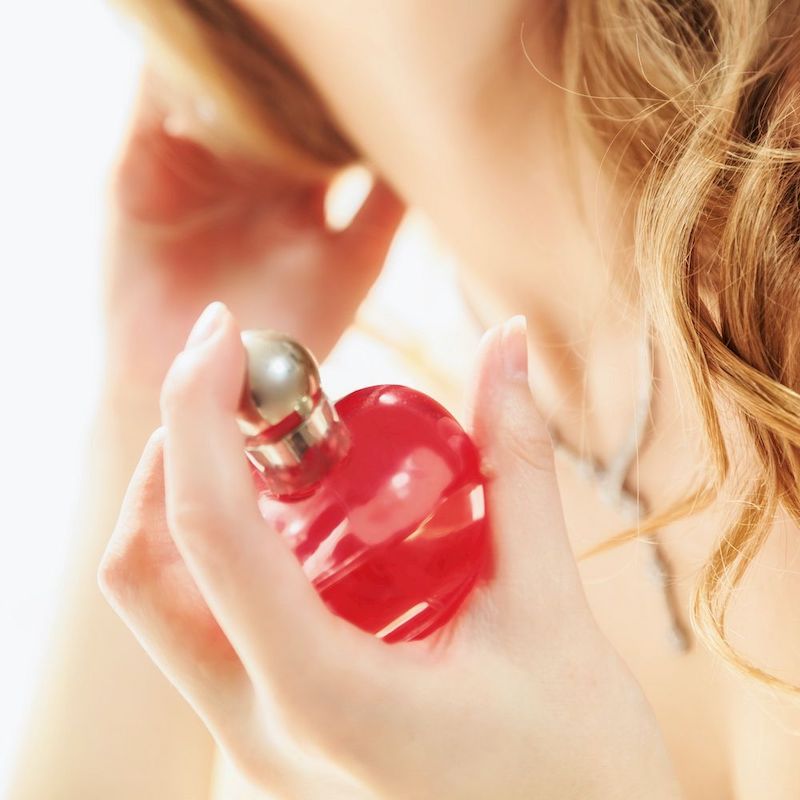
Lotions and perfumes contain various ingredients such as chemicals that can react with metal alloys, damage gems beyond repair, and also get into crevices of jewellery like chains and rings, making them dull and dingy. This happens when you put on your jewellery before applying lotions or spraying perfume and hairspray. Generally, your jewellery should be the last thing you put on when using cosmetic products.
3. Avoid Direct Sunlight:
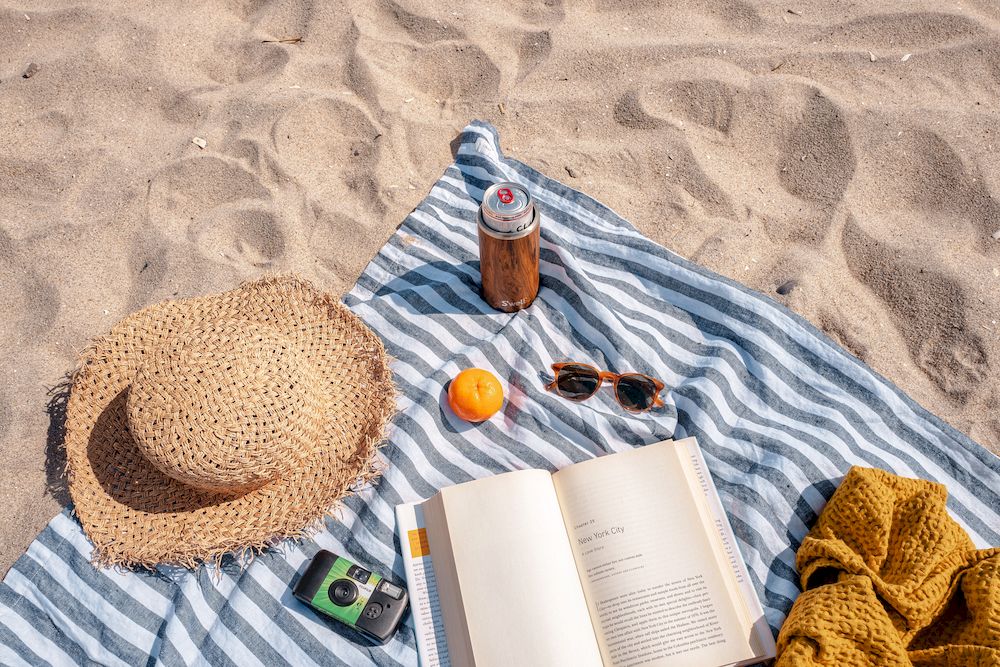
The sun is strong enough to tan the skin, the same way it is strong enough to bleach and damage delicate jewellery. For example, silver tarnishes when exposed to direct sunlight; topaz, opals, and amethyst can fade or change color when exposed to heat from the sun. This happens when you wear jewellery by the poolside or at the beach. If you want to accessorize while sunbathing by the beach or poolside, opt for cheaper jewellery instead.
4. When Gardening or Playing in the Sand:
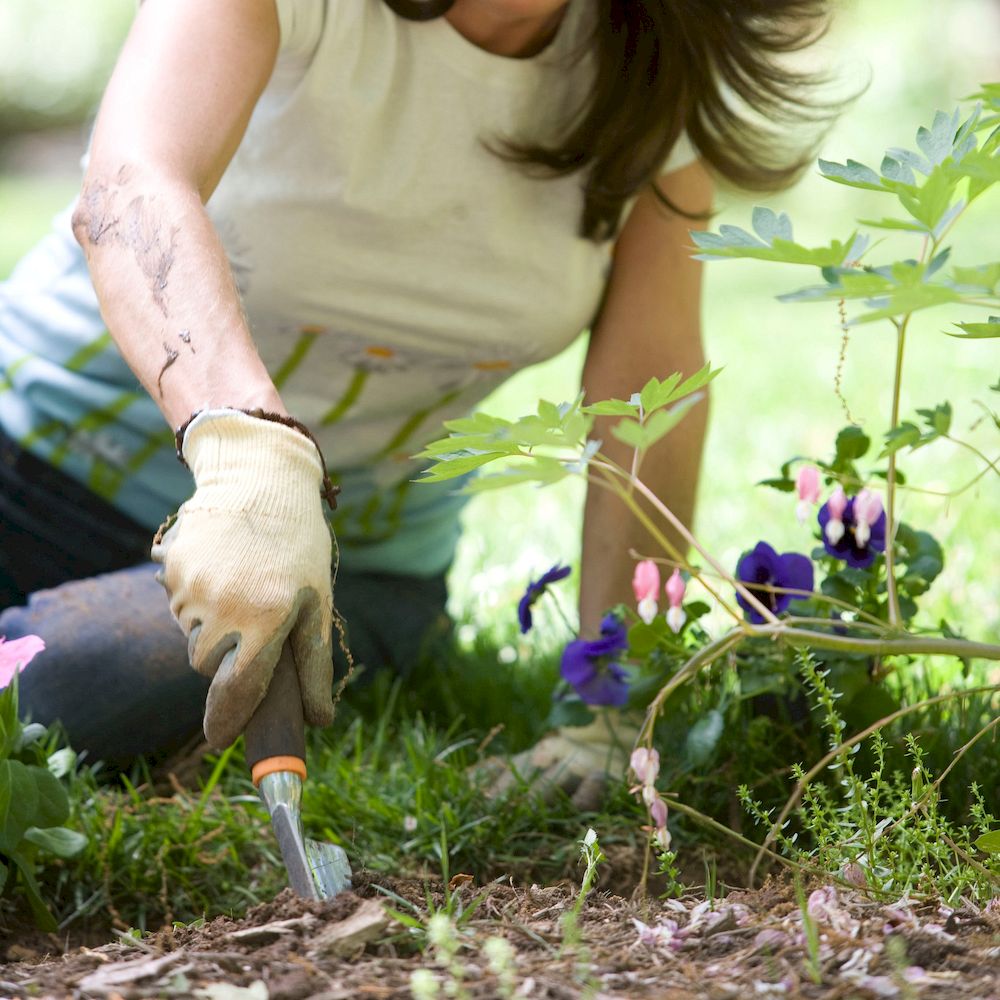
Most people love to garden or play in the sand when at the beach, but it’s necessary to take off your jewellery when doing so because dirt and small rocks from sand can permanently damage your jewellery if they’re not cleaned immediately.
How to Keep Diamond Jewelleries Sparkling
Diamond jewellery is precious and beautiful, and they need to be kept clean always. But how can you ensure your diamond jewellery remains sparkly like the first time you popped them out of the box? First off, you need to avoid wearing your jewellery often as they can get dirty from hairspray, lotions, oils, dust, etc. If you want to keep your jewellery sparkling and neat, you should try soaking them in a gentle degreasing solution once or twice a week. This degreasing solution consists of warm water and a few drops of mild dish soap. After which, you use a new, soft, clean toothbrush to remove dirt from the jewellery, especially hard-to-reach places like the back of the diamond where most oils and dirt are hidden and allow your jewellery to air dry on a soft, lintless cloth. It is, however, recommended to take your jewellery to a jeweler every six months to a year for routine cleaning and inspection, which will increase the longevity of your jewellery. Asides from cleaning, the jeweler will inspect your jewellery to make sure nothing is loose, and there are no weak areas, which will save you time and money in the long run if a stone eventually falls out.
How to Protect White Gold
White gold is a high-quality and more convenient alternative to silver as it doesn’t tarnish. Although, white gold is known to change color to yellow over time. Notice that the inside part of a gold ring turns yellow faster than the outer part of the ring? This is because of the natural acids and chemicals released by our skin, which is the main reason white gold changes color. Other reasons are chlorine, soap, saltwater, shampoo, and lotions. Although this doesn’t mean you shouldn’t wear your white gold jewellery as it is natural for white gold jewellery to change to yellow, they don’t have to remain. How then can you prevent white gold from changing color and also fix it once it has turned yellow? The easiest way is to take your jewellery to a jeweler to replace the rhodium on your jewellery. Rhodium is high-quality metal possessing the same color as white gold.
Most people’s white gold jewellery is already rhodium plated straight from the store and many times, the white gold changing color to yellowing is because of the rhodium plating wearing down. Your jeweler just has to re-plate or place a thin coat of rhodium over your gold jewellery to give it back its shiny white color and protect it for a few more years. Good as new!
Where is the Most Secure Place for a Diamond?
As we’ve established already, diamonds and other parts of jewellery can get damaged. For example, when kept with other hard stones, gold can scratch, as well as other parts of a diamond ring, like the setting, which can also become loose. Diamonds can damage other diamonds, they can also be scratched by another diamond when in contact with each other, and a diamond could chip when force is applied at its cleavage plane. The most secure place to keep your diamond jewellery safe from damage, and away from harsh chemicals are in a protected environment like a dry, compartmentalized, jewellery box with divided sections. This will ensure they do not deteriorate over time. However, never keep diamonds in the same case or box section with other jewellery as they’re to be kept in separate cases or in divided sections to avoid direct contact between them.
Should I Sleep Wearing Diamond Jewellery On?
Jewellery like your wedding ring will be the hardest to take off because you want them on at every moment and they’re too beautiful to take off, even when going to bed. But they have the most wear due to heat and increased pressure, which takes a toll on them over time. It is advisable to take off your ring when going to bed to increase its longevity.


